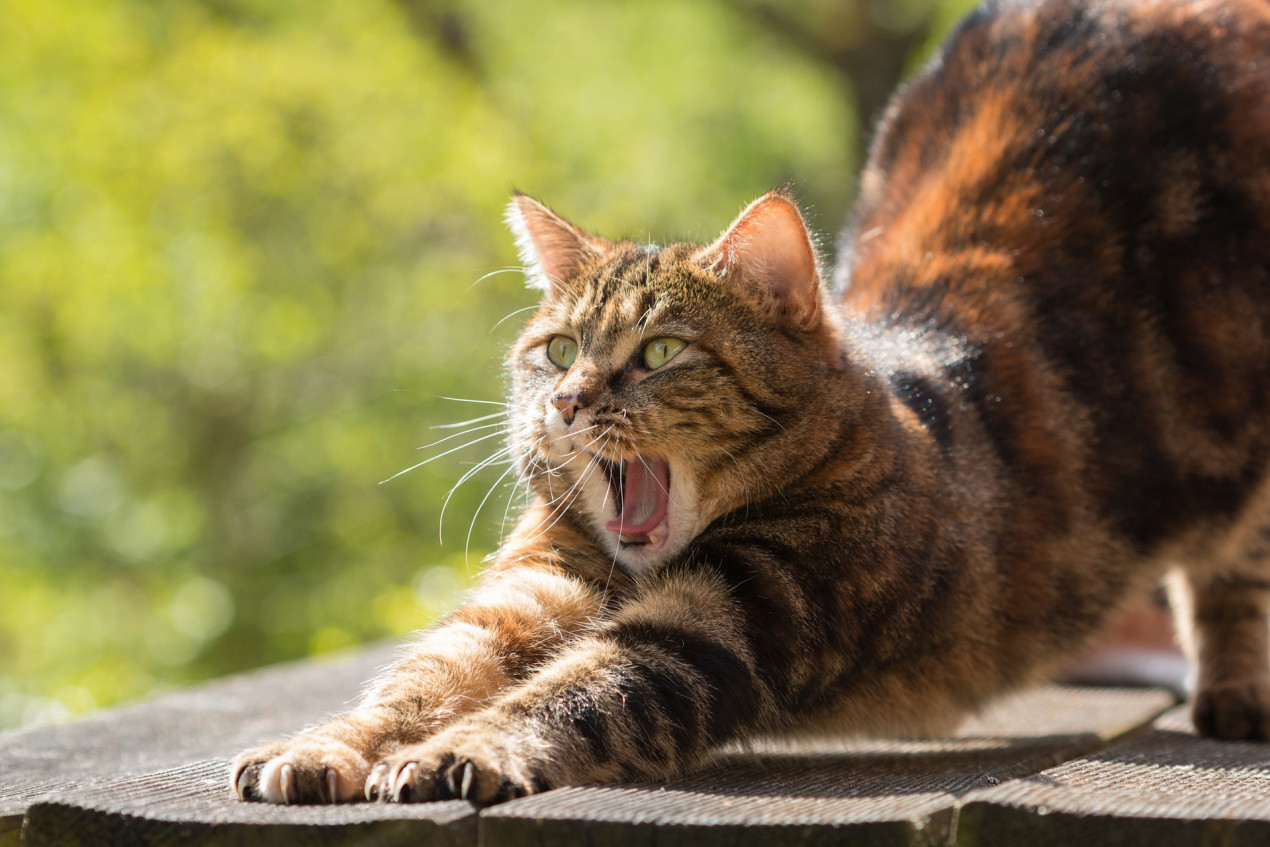
Pet’s teeth can sometimes be an afterthought for owners, particularly as most dogs and cats don’t particularly like having their mouths inspected. But just as in humans, dental problems can cause issues with pain and feeding, as well as a risk of wider infection.
If your pet has had a tooth removed, a dental abscess, or any other dental procedure performed in an emergency clinic.
You should, of course, follow the instructions that the emergency vet has given you, and if you are concerned about how your pet is healing, you can check in with your daytime vet or with our partner PawSquad telemedicine service.
But here are some general guidelines about what to look out for and keep in mind as your pet recovers from their dental treatment.
Recovering from anaesthesia
Your pet was likely under general anaesthesia for their dental procedure, and the aftereffects can persist for up to 24 hours. You can expect your pet to be groggy and sleepy but do monitor their behaviour for changes that are far off their baseline or that would indicate extreme discomfort.
As much as you can, provide a quiet and calm environment for your pet to recover. If you have a busy household, it might be a good idea to create a room or corner where your pet can sleep peacefully.

Managing your pet's pain relief
If considered necessary, your pet will have been prescribed painkillers to be given to them in the days following their surgery, and it is important that you give them the full course of pills on the prescribed schedule, even if your pet seems to be feeling better. This advice also applies to any antibiotics you may have been prescribed.
Your pet may not fully be themselves in the days following surgery due to the influence of anaesthesia and pain medication, but there are some signs to watch out for.
If they are unusually aggressive or grumpy, are vocalising or panting, or seem agitated or distressed, it may mean that their pain levels are not being managed effectively. If you think either your dog is in pain or your cat is in pain, contact a vet for advice.

Changes to your pet feeding
Follow your vet’s instructions for specific feeding protocol, but in general, following anaesthesia, food should be reintroduced gradually and not too soon after the surgery, as choking can be a risk until the anaesthesia has fully left your pet’s system.
For dental procedures, your pet is most likely to need a soft food diet. This may be achieved with specially formulated wet food, or by adding water to your pet’s dry food if that is their normal diet.
Monitor your pet’s healing process
Check on your pet’s dental procedure site as directed by the emergency vet, usually once or twice a day. As with any surgical wound, signs of infection can include redness, discharge, swelling and pain or irritation.
It can be a bit more difficult to monitor these signs in your pet’s mouth and teeth than it would be a cut on their paw. If you do have concerns about how well your pet is healing, you can give your daytime vet a call during their opening hours, or call Vets Now. We recently partnered with PawSquad, telemedicine provider, to make professional veterinary advice more easily available PawSquad.

